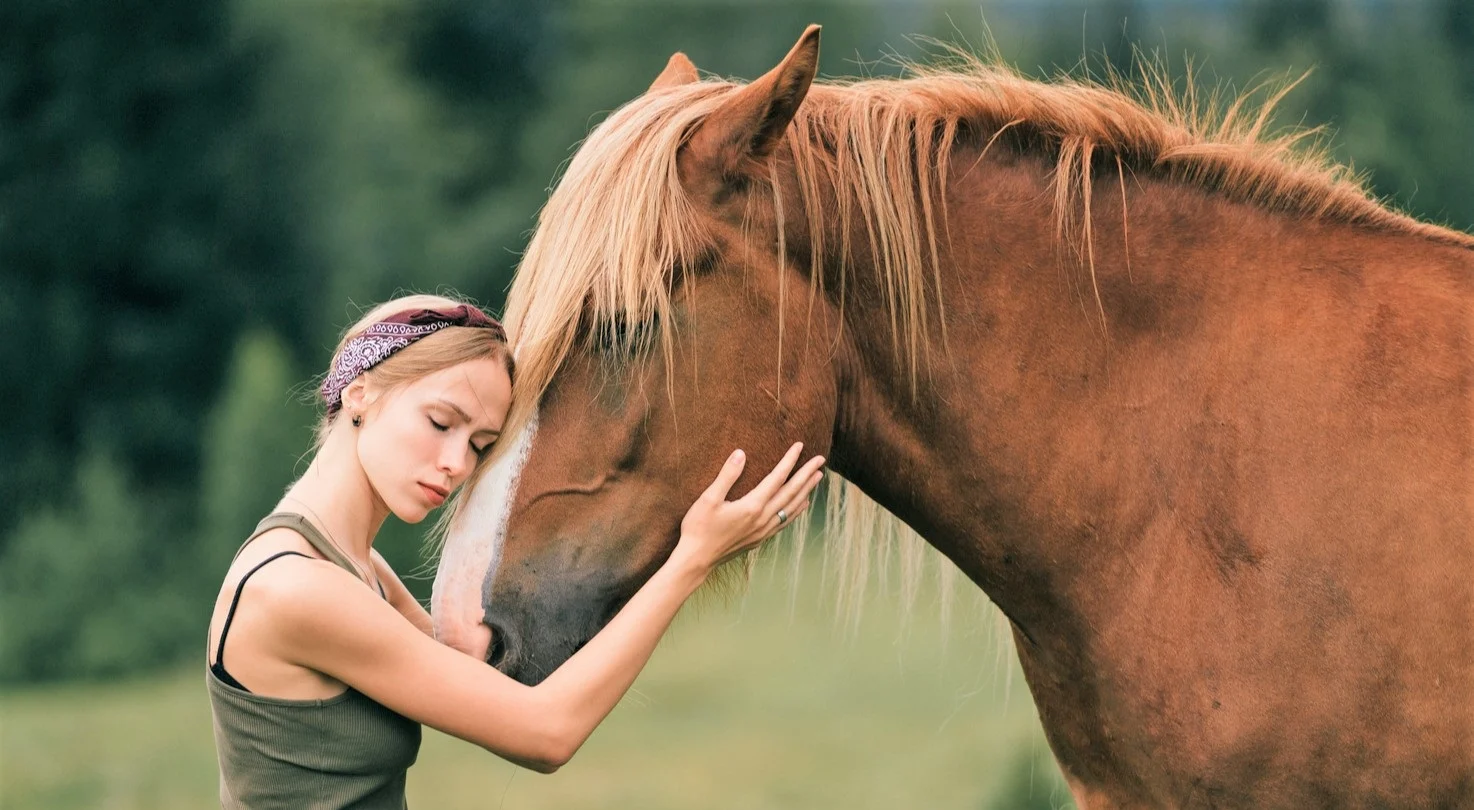As horses age, they are prone to various health conditions, one of which is Cushing’s disease. This condition is especially prevalent in senior horses, and understanding its intricacies is crucial for providing the best care possible. In this article, we will delve into the nuances of Cushing’s disease in senior horses, exploring its symptoms, causes, diagnosis, and management strategies.

What is Cushing’s Disease?
Cushing’s disease, also known as Pituitary Pars Intermedia Dysfunction (PPID), is a hormonal disorder in horses. It results from a dysfunction of the pituitary gland, leading to an overproduction of certain hormones, particularly cortisol. This condition is common in senior horses, affecting their overall health and quality of life.
Causes of Cushing’s Disease in Senior Horses
The primary cause of Cushing’s disease in horses is the degeneration of the pituitary gland. As horses age, the pituitary gland can become overactive, producing excessive hormones. This overproduction affects various bodily functions, leading to the symptoms associated with the disease.
Recognizing Symptoms
Identifying Cushing’s disease in senior horses early is crucial for effective management. Common symptoms include:
- Excessive thirst and urination
- Long, curly coat that doesn’t shed properly
- Muscle wasting and weight loss
- Recurrent laminitis
- Lethargy and decreased performance
These symptoms can vary in severity, and not all horses will exhibit all symptoms.
Diagnosing Cushing’s Disease
Diagnosing Cushing’s disease involves a combination of clinical signs and laboratory tests. Veterinarians often perform blood tests to measure hormone levels, particularly ACTH (adrenocorticotropic hormone). Elevated levels of ACTH can indicate the presence of the disease.
Management and Treatment
While there is no cure for Cushing’s disease, it can be managed effectively. Treatment focuses on controlling symptoms and improving quality of life. Common management strategies include:
- Administering medications such as pergolide to regulate hormone levels
- Providing a balanced diet tailored to senior horses’ needs
- Regular exercise to maintain muscle mass and overall health
- Routine veterinary check-ups to monitor progress
Additionally, maintaining proper hydration and addressing dietary needs are essential for managing this condition.
Preventive Measures
While aging is inevitable, certain preventive measures can help reduce the risk of Cushing’s disease. These include:
- Regular veterinary check-ups to catch early signs
- Maintaining a healthy diet with appropriate supplements
- Ensuring adequate exercise and mental stimulation
Impact on Quality of Life
Cushing’s disease can significantly affect a horse’s quality of life, especially if left untreated. Horses may experience discomfort, decreased performance, and increased susceptibility to other health issues. However, with proper management, many horses can live comfortable, happy lives.
Role of Diet and Nutrition
Diet and nutrition play a crucial role in managing Cushing’s disease. Providing a low-sugar, high-fiber diet can help control symptoms and maintain overall health. Consulting with a veterinarian or equine nutritionist can guide dietary adjustments.
Exercise and Physical Activity
Regular exercise is vital for senior horses, particularly those with Cushing’s disease. Exercise helps maintain muscle mass, supports weight management, and promotes mental well-being. Tailoring exercise routines to the horse’s capabilities is essential.
Monitoring and Regular Check-ups
Consistent monitoring and regular veterinary check-ups are crucial for managing Cushing’s disease. Veterinarians can assess the effectiveness of treatment plans and make necessary adjustments to ensure optimal health and comfort for the horse.
Understanding the Long-term Outlook
While Cushing’s disease is chronic, many horses respond well to treatment and management. Understanding the long-term outlook involves recognizing that ongoing care and adjustments to treatment plans may be necessary as the horse ages.
Common Misconceptions
There are several misconceptions surrounding Cushing’s disease in horses. Some believe it only affects elderly horses, but it can occur in middle-aged horses as well. Educating horse owners about the disease can help dispel these myths.
Resources for Further Reading
For more information on caring for senior horses, The Plaid Horse offers a comprehensive guide. Additionally, exploring best practices for senior horse care can provide valuable insights.
Conclusion
Cushing’s disease in senior horses is a manageable condition with the right approach. By understanding its symptoms, causes, and management strategies, horse owners can ensure their senior equine companions lead healthy, fulfilling lives. Regular veterinary care, proper nutrition, and tailored exercise play crucial roles in managing this condition effectively.

FAQs
What is the primary cause of Cushing’s disease in horses?
The primary cause is the degeneration of the pituitary gland, leading to hormonal imbalances.
Can Cushing’s disease be cured?
While there is no cure, it can be managed effectively with medication and lifestyle adjustments.
Are all senior horses at risk?
While aging horses are more susceptible, regular check-ups and preventive care can reduce the risk.
This article contains affiliate links. We may earn a commission at no extra cost to you.
